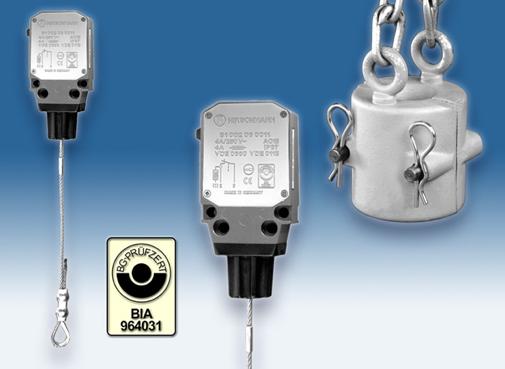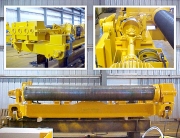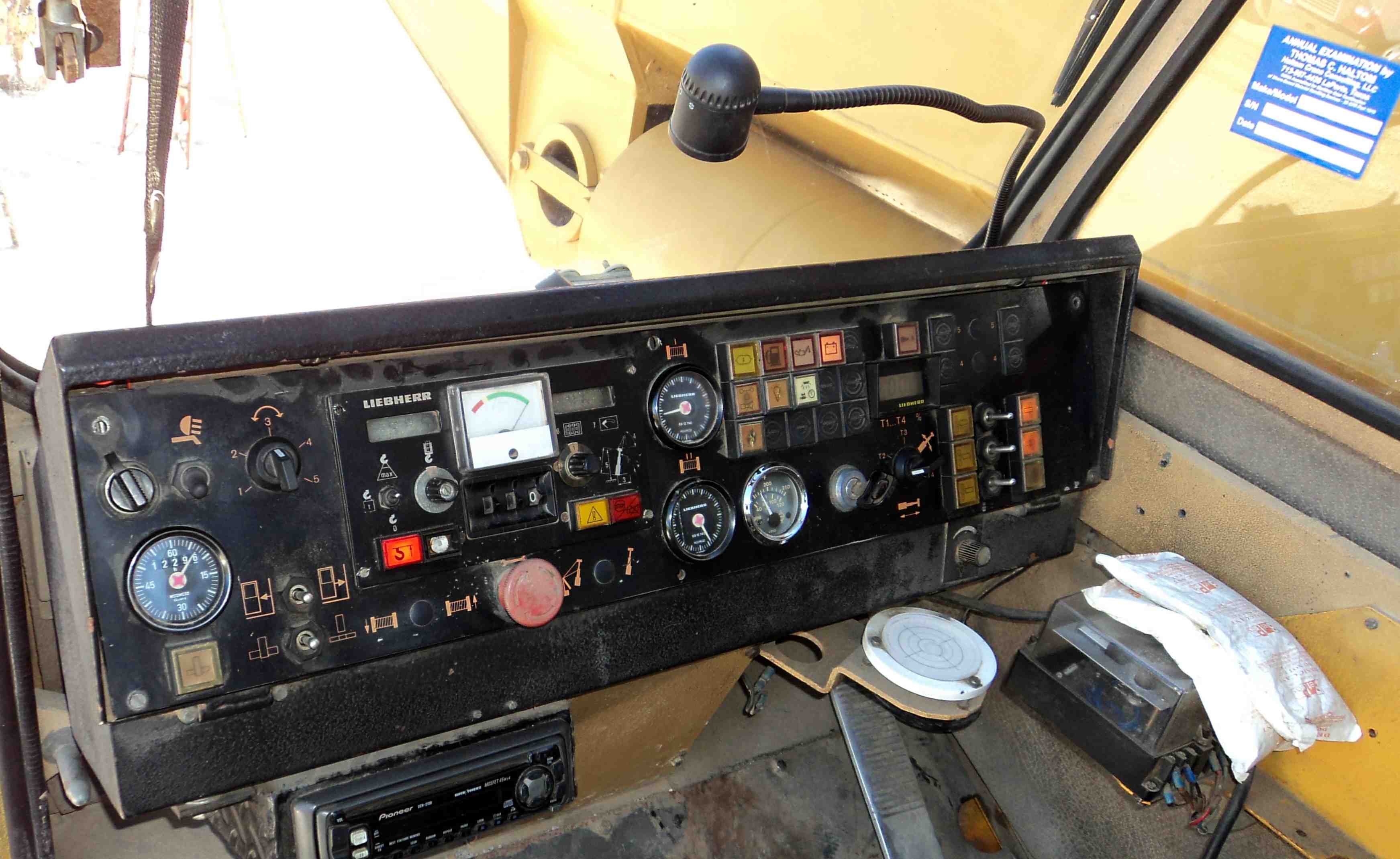A History of Anti-Two Block Prevention
LIMIT SWITCHES AS THE FORERUNNERS OF ANTI-TWO BLOCK DEVICES
— PAT Hirschmann Anti-Two Block Click Here —
— Load Systems International Anti-Two Block Click Here —
Otis Elevator Company was the assignee of a patent entitled “Automatic Stop for Whip-Hoists.” This invention related to automatic stops for electric whip-hoists designed to prevent such machines from carrying their loads beyond the proper limits of travel and thereby avoiding such accidents as might occur from over winding.
This forerunner of the anti-two—block device seems simple to understand in our time, but a hundred years ago it was quite revolutionary. This automatic stop for whip hoists would stop the upward travel of an elevator prior to its contact with the winch drum or roof of the elevator shaft. Of course, the early elevators had operators, wherein a momentary distraction would send the elevator car into the winch drum and motor which hauls it upward. Without this “Automatic Stop” device the results would be catastrophic–breaking the winch line and allowing the car to fall the entire length of the shaft! Its the stuff of movie sets, and thus Anti-two block devices were born.
In 1921, the Galion Ironworks & Manufacturing Company of Galion, Ohio, was the assignee of a patent entitled “Safety Stop for Hoisting Drums.” In these type of sysems, it often occurs that the operator does not throw off the clutch and apply the brake at the proper time, the consequence being that the bucket is drawn too far upward and comes in contact with some fixed member, for instance the carrier for the bucket, and the strain either breaks the cable or breaks the carrier or other impediment. Much like two blocking in today’s crane industry.
As seen in these two examples, the phenomena of anti-two-block (ing) was prevalent and a recognized hazard in the very early years of crane development. Overhead cranes were, of course, the forerunner of the friction crane, lattice boom crane, and ultimately the hydraulic boon crane. The systems developed in the 30’s and 40’s include more advanced indicator switches, switch control mechanisms, limit switches, cable safeguards, means of measuring loads, and other devices to prevent anti-two block related crane accidents.
Bode Technical Services specializes in crane repair of electronic control systems on all major crane brands. BTS is a wordwide supplier of crane parts including PAT-Hirschmann load moment indicators, Load Systems International wireless systems, Demag, Krupp, and Terex parts.








